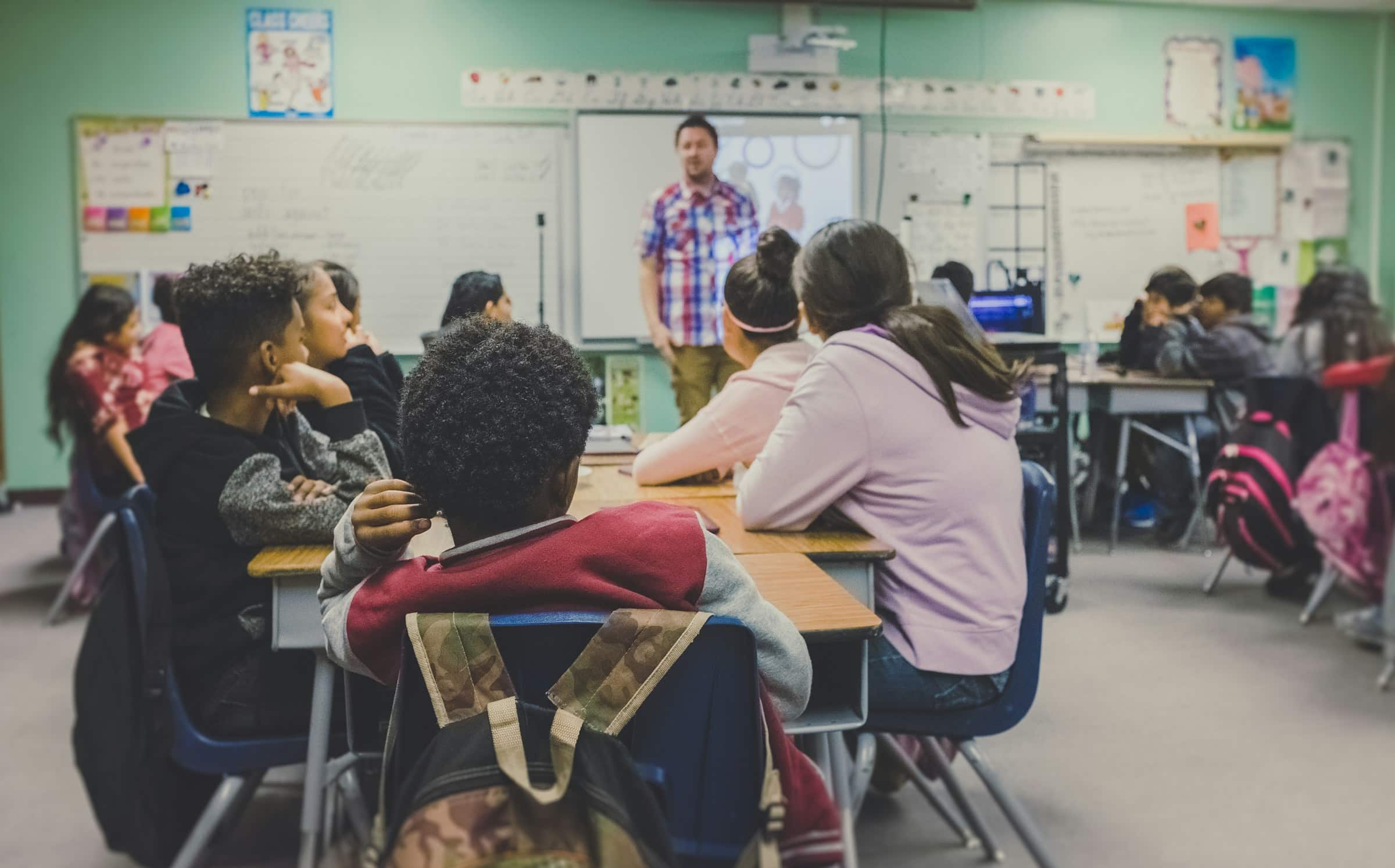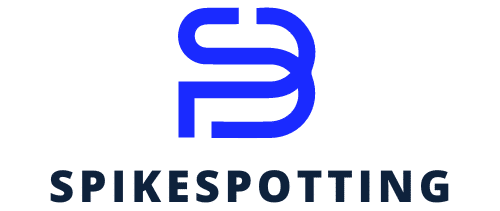What’s the Latest in Adaptive Learning Technologies for Special Education?

In today’s digital era, technology is revolutionizing every aspect of our lives, and education is no exception. A key area in which technology is making a significant impact is special education, where it is used to support students who have unique learning needs. The drive for personalized learning experiences has led to the development and growth of adaptive learning technologies. These technologies leverage data, tools, and platforms to create a supportive and tailored educational environment for students with disabilities. They are transforming the way special education is delivered, breaking down barriers, and paving the way for inclusive learning experiences.
The Role of Technology in Special Education
Technology has always been a vital tool in education, but its role in special education has become more pronounced in recent years. It is now used to provide tailored learning experiences, enhance communication, foster independence, and increase engagement among students with special needs.
Dans le meme genre : How Can E-Bike Sharing Schemes Improve Urban Mobility in the UK?
Adaptive learning technologies are at the forefront of this technological revolution in special education. They are a type of assistive technology designed to adapt to the individual needs of each student. By employing sophisticated algorithms and data analytics, these technologies can modify learning materials in real-time, allowing students to learn at their own pace and in their own unique way. Moreover, they help educators to understand each student’s progress and adapt their teaching methods accordingly.
Personalized Learning Experiences Through Adaptive Technologies
Adaptive learning technologies are designed to provide personalized learning experiences for students with special needs. They can be tailored to individual learning styles, pace, and preferences, making learning more accessible, engaging, and effective.
Cela peut vous intéresser : What’s the Role of Soil Health in Combatting Climate Change in UK’s Farmlands?
Teachers can use these technologies to create personalized learning paths for each student. For example, they can adjust the difficulty level of tasks, provide feedback in real-time, and offer adaptive content based on the student’s performance and learning style.
One of the most popular adaptive technologies is text-to-speech software, which can convert digital text into spoken words. This is particularly beneficial for students with dyslexia or other reading disabilities. By hearing the text spoken aloud, these students can better understand and process the material.
Assistive Technologies as Supportive Tools
In addition to adaptive technologies, assistive technologies also play a significant role in special education. These tools can support students in achieving their educational goals, despite the challenges posed by their disabilities.
Assistive technology can include devices, software, and equipment that help students with disabilities perform tasks that they would otherwise find difficult or impossible. For example, speech recognition software can help students with physical disabilities to write and communicate, while magnification software can support visually impaired students in reading and writing tasks.
The Power of Data in Adaptive Learning
Data is at the heart of adaptive learning technologies. By analyzing data on students’ performance and learning behavior, these technologies can determine the most effective teaching methods and learning materials for each student.
This data-driven approach allows for a more efficient and personalized learning process. For example, if a student is struggling with a particular concept, the technology can automatically adjust the lessons to focus more on that area, or provide additional resources to help the student understand.
Future Trends in Adaptive Learning Technologies
The future holds promising possibilities for adaptive learning technologies in special education. Advances in artificial intelligence (AI) and machine learning are expected to further enhance the capabilities of these technologies. For instance, AI could be used to develop more sophisticated adaptive learning algorithms, predict student performance, and provide more personalized feedback.
Furthermore, the integration of adaptive learning technologies with other technologies, such as virtual reality and augmented reality, could create more immersive and engaging learning experiences. This could be particularly beneficial for students with special needs, as it could help them to overcome learning barriers and enhance their understanding of complex concepts.
In conclusion, adaptive learning technologies are revolutionizing special education, providing new opportunities for students with disabilities to learn and succeed. As technology continues to evolve, we can expect to see even more innovative and effective solutions in this field.
The Impact of Artificial Intelligence and Machine Learning in Adaptive Learning
Artificial intelligence and machine learning have the potential to take adaptive learning to the next level in special education. These cutting-edge technologies are already transforming the way adaptive learning systems operate, leading to even more personalized and effective learning experiences for students with disabilities.
AI and machine learning can analyze student data in real-time, helping to identify patterns and predict future performance. This allows for the system to adapt and respond to a student’s needs immediately, creating a truly personalized learning journey. For example, if a student is struggling with a particular topic, AI can identify this and adjust the curriculum to provide extra support or different learning materials.
As the complexity and volume of educational data grow, so does the need for intelligent systems to manage and interpret this data. This is where machine learning comes into play. Machine learning algorithms can learn from and make decisions based on data, improving their performance over time. This means that the more a student uses the adaptive learning system, the better it becomes at supporting their unique learning needs.
Moreover, AI and machine learning can also be used to develop intelligent tutoring systems. These systems can provide personalized instruction and feedback, acting as a virtual tutor for students. They can explain concepts, answer questions, and provide hints, just like a human tutor would. This can be particularly beneficial for students with disabilities, who may require additional support.
The Integration of VR and AR in Adaptive Learning
The integration of virtual reality (VR) and augmented reality (AR) into adaptive learning platforms can create immersive and engaging learning experiences for students with special needs. VR and AR can provide visual and auditory stimuli, helping students to understand complex concepts and improve their retention.
For instance, VR can place students in a fully immersive, 3D environment where they can interact with virtual objects and characters. This can be particularly helpful for students with autism, who often struggle with social interactions and understanding abstract concepts. AR, on the other hand, overlays virtual objects onto the real world, providing an enhanced learning experience.
The use of VR and AR in special education is still relatively new, but early studies have shown promising results. For example, students using VR have shown improved motivation and engagement, while AR has been used to enhance spatial awareness and understanding of complex concepts.
The integration of VR and AR into adaptive learning technologies opens up new possibilities for special education. It allows for the creation of interactive, personalized learning experiences that cater to the unique needs of each student. As technology continues to advance, we can expect to see even more innovative uses of VR and AR in special education.
Conclusion
In summary, adaptive learning technologies are reshaping special education, providing students with disabilities the opportunity to learn in ways that best suit their unique needs. From personalized learning paths to assistive technologies, these systems are breaking down barriers and creating inclusive learning environments.
The integration of artificial intelligence and machine learning is set to further enhance the capabilities of adaptive learning technologies. By analyzing data in real-time, these technologies can adapt and respond to a student’s needs immediately, leading to more effective learning experiences.
Furthermore, the incorporation of virtual and augmented reality into adaptive learning platforms can create engaging and immersive learning experiences. These technologies hold significant potential for special education, offering new ways to support students and enhance understanding.
As technology continues to evolve, the future of special education looks promising. With the power of adaptive learning technologies, every student can have a supportive, engaging, and personalized learning experience, regardless of their abilities or disabilities. The future of special education is here, and it’s powered by technology.
